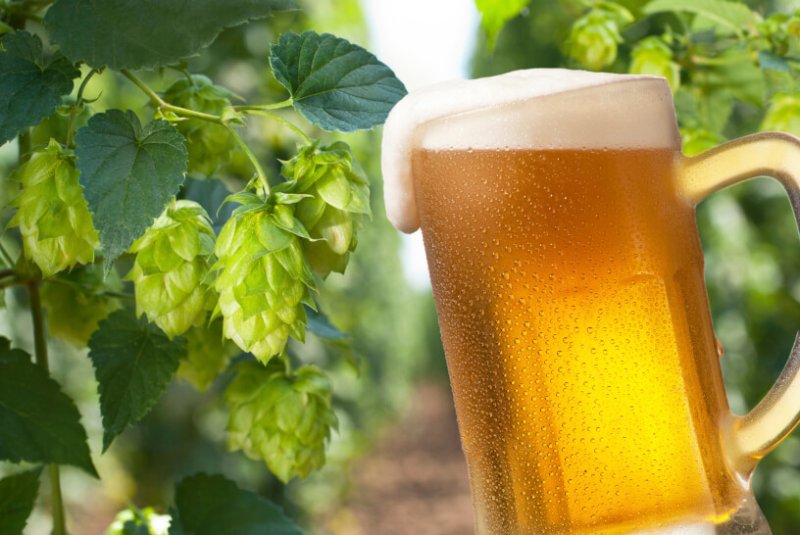As Michael Le Page wrote in New Scientist:
It has also been discovered that the horticultural process of grafting different plants together can lead to the exchange of genes, meaning humans have inadvertently been creating transgenic plants for millennia. From genome studies, we can see that gene swapping has been going on since the dawn of life.
It was previously believed that Agrobacterium genes were rarely passed on in the wild, and researchers are still unsure how the added genes affect the plants where they are found. They have only recently begun looking for the bacteria in the genomes of flowering plants.
As Le Page noted, the discovery bodes well for European researchers. They apparently can use these natural strains of Agrobacterium to create new plant varieties, without having them fall under the strict regulatory process imposed on transgenic organisms. The European Union last year announced that its regulations exclude organisms modified through “natural” processes.
He cited the example of Henrik Lütken at the University of Copenhagen in Denmark, who “has created a compact variety of a house plant called Kalanchoe blossfeldiana, which is now ready for commercial sale. He thinks these plants shouldn’t count as GM and the latest findings will bolster his case.”
Joan Conrow has 35 years of experience as a journalist, editor, and communications consultant. She specializes in environmental issues, biotechnology, and agriculture. Follow her on Twitter @joanconrow
This article originally ran at the Cornell Alliance for Science and has been republished here with permission.































